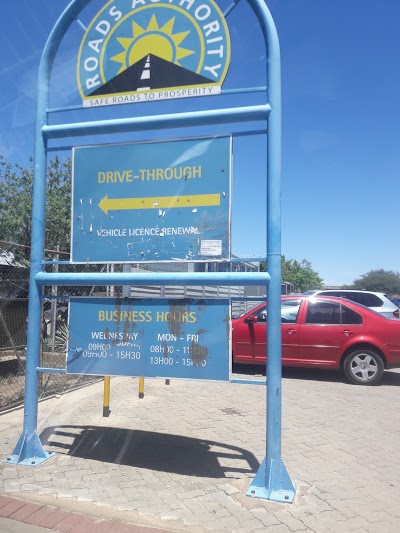Omanyano ovanhu koikundaneki yomalungula kashili paveta, Commisiner Sakaria takunghilile
Veronika Haulenga
Omanyano ovanhu koikundaneki yomalungula kashili paveta, Commisiner Sakaria takunghilile
Veronika Haulenga
Listeners:
Top listeners:
-
play_arrow
Omanyano ovanhu koikundaneki yomalungula kashili paveta, Commisiner Sakaria takunghilile Veronika Haulenga
Driving Economic Transformation: Namibia’s Strategic Moves, South Africa’s Inflation Trends, and Global Financial Indicators


In the dynamic landscape of global economics, strategic initiatives play a pivotal role in shaping the future prosperity of nations. In this article, we delve into three key developments that are currently influencing economic dynamics: Namibia’s focus on dry ports and railway upgrades, South Africa’s inflation trends, and the latest global financial indicators.
- Namibia’s Economic Transformation:
Analysts are highlighting the transformative potential of prompt execution of dry ports and railway upgrades in Namibia. This strategic move is not only crucial for the country’s economic outlook but is seen as instrumental in positioning Namibia for success, particularly amid anticipated developments in the burgeoning oil and gas sector. Floris Bergh, Chief Economist at Capricorn Asset Management, emphasizes the importance of leveraging dry ports and railway upgrades to catalyze economic growth and enhance regional connectivity, laying the foundation for Namibia’s future prosperity.
- South Africa’s Inflation Landscape:
Recent data reveals that South Africa’s headline consumer inflation accelerated to 5.3% year on year in January, up from 5.1% in December. Key contributors to this uptick include food, housing, utilities, and transport, as highlighted in a report by Statistics South Africa. The central bank, in its recent monetary policy meeting, expressed a preference for a clearer disinflation trend before considering any interest rate cuts. This underscores the challenges and considerations faced by South Africa as it navigates through economic complexities.
- Oil Prices and Supply Dynamics:
Oil prices experienced a modest increase, sustained by indications of a tightening supply. U.S. West Texas Intermediate (WTI) crude futures and Brent crude for April delivery both saw gains, reflecting the impact of supply dynamics on the global oil market. These fluctuations hold implications for various economies and industries worldwide, highlighting the interconnectedness of global markets.
- Global Economic Landscape and Currency Values:
Amid these developments, the U.S. dollar maintained stability as traders awaited business activity surveys. Flash Purchasing Managers’ Index figures for the U.S., the UK, and the euro zone are expected to provide valuable insights into the conditions of their manufacturing and service sectors, influencing the broader economic landscape and potentially impacting global interest rate outlooks.
Financial Indicators:
- Namibia Dollar Exchange Rates: 18.93 to the US$, 20.49 to the Euro, and 23.93 to the Pound.
- Gold: Trading at 2,025.63 per fine ounce.
- Brent Crude: Stands at 82.34 per barrel.
- Bitcoin: Priced at 973,620.88.
As nations strategically position themselves in a rapidly evolving economic landscape, the outcomes of initiatives such as Namibia’s infrastructure upgrades and the broader global economic indicators will continue to shape the trajectory of regional and global economies. Staying informed about these developments is essential for businesses, investors, and policymakers alike.
Written by: Leonard Witbeen
bitcoin Biz News Business Finance financials FUTURE MEDIA NAMIBIA FUTURE MEDIA NEWS leonard witbeen
Similar posts
Windhoek Weather
Most popular

Mbumba signs off new benefits for retired political office bearers

Former FNB employee arrested after defraud pensioner off N$215, 000

Namdia Heist: More questions, lots of confusion

Omuhwahwameki Michael okuunganeka oshikonga shoku patitha oostola dho Rani moshilongo ashihe.

Walvis Bay woman loses over N$777.000 to a fraudster
Copyright 2025 Future Media (Pty) Ltd | Website by Digital Platforms
Tel: +264 83 000 1000 | Email: news@futuremedia.com.na





